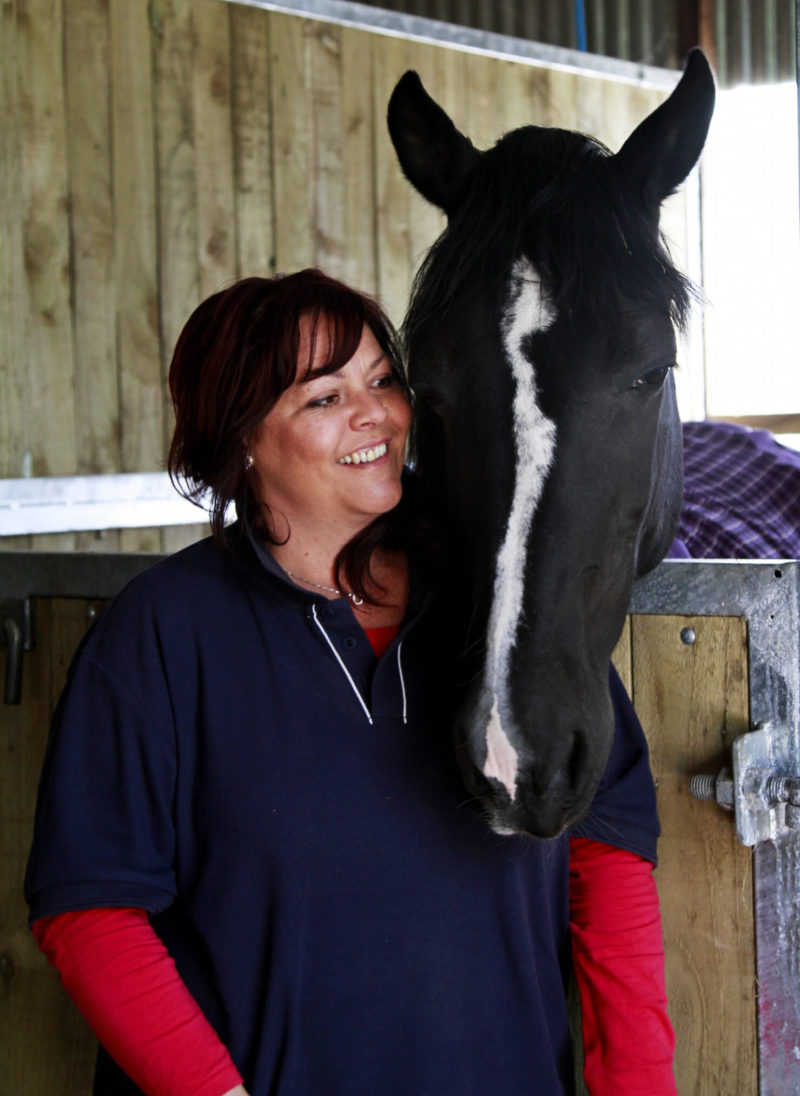
The Benefits of Equine-Assisted Therapy
Equine-assisted therapy is becoming a recognized method for working with mental and behavioral health clients. Also known as horse therapy, people might be surprised to learn that this method offers evidence-based treatment to help clients suffering from a wide variety of physical, emotional, and psychological issues.
What is Equine-Assisted Therapy?
Equine-assisted therapy combines a level of equestrian activities and philosophies with the treatment of physical and mental health issues. It dates back thousands of years to the ancient Greeks, who wrote of the benefits of horse riding. Today, a variety of programs exist to serve different categories of individual needs; equine-assisted therapy has been shown to help those struggling with mental/cognitive issues such as ADD, ADHD, substance abuse/addiction, anxiety, dementia, depression, TBIs, behavioral issues, PTSD, and much more.
The Types of Equine-Assisted Therapy
Equine-Assisted Psychotherapy (EAP)
This is used to treat a variety of psychological conditions. Different from therapeutic riding, this method focuses on horse groundwork. EAP involves interacting with horses while staying on the ground through grooming, feeding, and ground exercise. A horse can often act as a mirror for the emotions of the human it’s interacting with, but also meet the human with an immovable acceptance – both powerful tools for self-knowledge and healing.
Hippotherapy
This method involves occupational therapists, physiotherapists, or speech and language therapists. With a focus on the physical experience of riding, hippotherapy helps the rider strengthen their muscles through different postural responses and develop well-being both physically and emotionally.
Equine-Assisted Learning (EAL)
EAL programs are used to help participants develop self-awareness. This method concentrates on education, professional development, and personal development. It builds confidence through learning how to work with a large and strong animal through non-verbal communication.
Therapeutic Riding
The most common form of equine-assisted therapy is therapeutic riding. This method focuses on riding the horse and is typically taught by an instructor. This incorporates exercise, confidence building, and emotional well-being techniques. An individual learns how to work with and connect with the horse.
How Can Equine-Assisted Therapy Help?
Communication
Horses are known for their sensitivity to non-verbal communication and body language. This is incredibly useful when working with individuals that suffer from behavioral disorders, anxiety, those with language barriers, and other mental health-related issues that affect our ability to communicate. Individuals can grow in non-verbal communication and trust-building skills through their work with horses.
Trust
Many individuals are afraid of horses for their large size and strength. Building trust with such a powerful animal can be a great metaphor and even proxy for the large things we face in life. Equine-assisted therapy can help a person work through building trust and overcoming things that frighten them.
Understanding Boundaries
Horses are creatures that require mutual respect with their rider. The rider is never someone that dominates or controls their horse. Working with horses can help people who struggle with relationship boundaries or the need to control a situation.
Stress Management
In its most basic form, equine-assisted therapy can be a great way for someone to reduce stress. Simply spending time with a horse with it can bring someone enough joy to help them better manage the stress they deal with in their daily life.
If you are interested or wish to learn more about equine-assisted therapy, click here to search your area and then filter for Type of Therapy>Animal and Equine-Assisted Psychotherapies.






Please fill out all required fields to submit your message.
Invalid Email Address.
Please confirm that you are human.
Leave a Comment
By commenting you acknowledge acceptance of GoodTherapy.org's Terms and Conditions of Use.